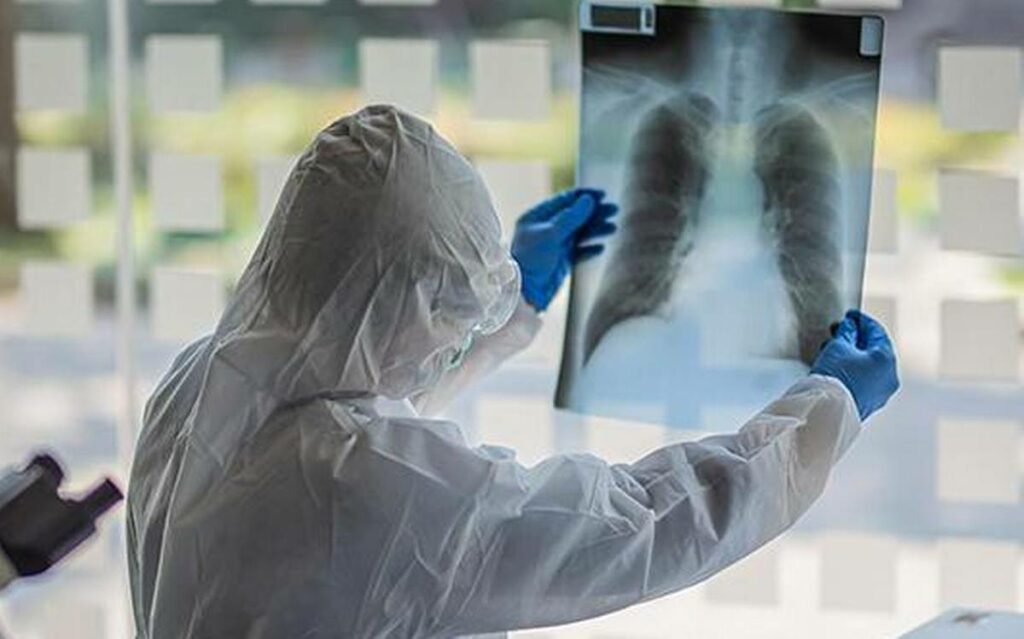As the spike in coronavirus cases in India continues the general public must educate themselves about the prescribed tests, scans and biomarker findings. The doctors focus to treat mild to moderate cases without the need to hospitalize the patients, considering the raging COVID-19 pandemic.
Mild symptoms of coronavirus can be fever, dry cough, headache, loss of taste and smell with oxygen levels in COVID patients more than 95%.
When the oxygen level falls the patients need a CT scan for COVID-19 and it likely becomes a case of hospitalization. However, the most reliable and researched test is the RT-PCR COVID test to diagnose whether the patient is positive or negative for coronavirus.
Dr. Rajan Verma, Medical Director, Oncquest laboratories explained, “During the RT-PCR test, naso-laryngeal swabs are collected from the suspected patient, and cycles of tests are carried out on the obtained sample. For the report to come positive, the test must identify the presence of the virus within a certain number of cycles – known as the cycle threshold (CT value).”
“If, however, a person gets a negative RT-PCR report but is showing all the symptoms of Covid-19, it means that even though an insufficient viral load is present in the nose and throat sample, there is a high likelihood that a high viral load is present in the lungs and chest cavity. Therefore, a chest scan needs to be conducted in such a situation. However, one must remember that the CT value of a chest scan is not the same as the CT value of an RT-PCR report. While a higher CT value in an RT-PCR test means that the infection is less severe, it is vice-versa in the case of a chest scan. This is also referred to as the CT score. Hence, the CT score of a chest scan is quite different from that of an RT-PCR test,” added Dr. Verma.
The CT score value shows the number of cycles for a sample to go through to intensify and bring up the viral DNA to a noticeable level under given settings. The sample is collected from the patient and is treated to help to extract the RNA from it.
A part of the DNA is also extracted, which is then later treated with a reverse transcriptase enzyme and amplified to produce copies. Then the DNA is then analyzed and measured under clinical settings and using specific dyes and after the detection is done in a number of cycles, the CT value is assigned to a given sample.
The CT count also helps to determine the viral load present in our body which works like the lower the CT value, the higher is the viral load. In other words, the viral load was so high that in fewer cycles, the virus DNA showed up. The higher the CT value, the lesser is the viral load said to be in the body, as it signifies that the viral load was much thinner and therefore more cycles and amplification was needed, according to reports.

